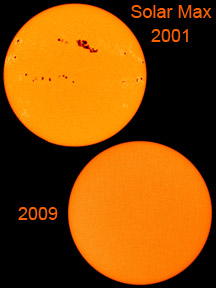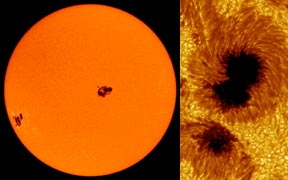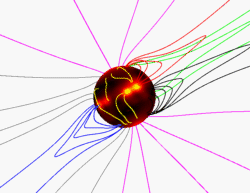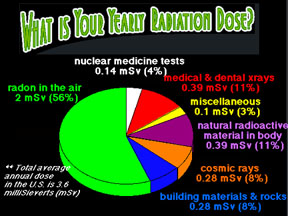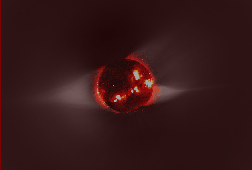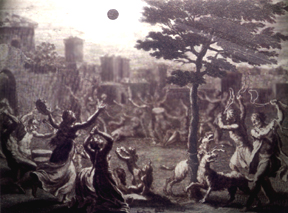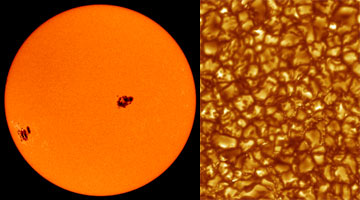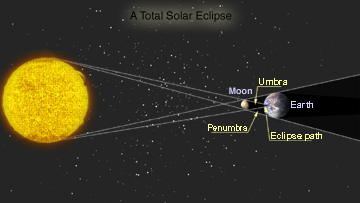Click on image for full size
Images courtesy of SOHO/NASA/ESA.
Where have all the sunspots gone?
The Sun is missing its spots! Sunspots, that is. Most of the time there are at least a few sunspots on the Sun. Sometimes there are lots of sunspots. Scientists call those times "solar max". Other times there are fewer sunspots. Those times are called "solar min". Normally sunspots come and go in a cycle that lasts about 11 years.
There was a solar max in the sunspot cycle around 2000. Scientists expected a solar min to follow a few years later. They didn't expect it to be such a "deep" minimum. There were hardly any sunspots at all from 2007 to 2009. That is very odd. Usually, even at solar min, there are some sunspots. During this solar min there have hardly been any at all. Also, solar min seems to be late. This sunspot cycle may last about 13 years instead of the usual 11 years or so.
Why are scientists interested in this extreme sunspot minimum? Sunspots tell us a lot about how active the Sun is. When the Sun has lots of spots, its magnetic field is all scrambled up. It gives off more radiation, especially the high-energy and dangerous X-rays and ultraviolet (UV) radiation. Explosions on the Sun - solar flares and coronal mass ejections - happen more often. Those explosions can cause space weather "storms" throughout our Solar System. When the Sun is calm and has few spots, there is less radiation and fewer explosions that cause space weather storms.
Scientists wonder what will happen next. What does this extreme sunspot minimum mean for the future? Will the next sunspot max have fewer sunspots, or more? Or will it be an average solar max with a normal number of sunspots? We'll just have to wait and see!


